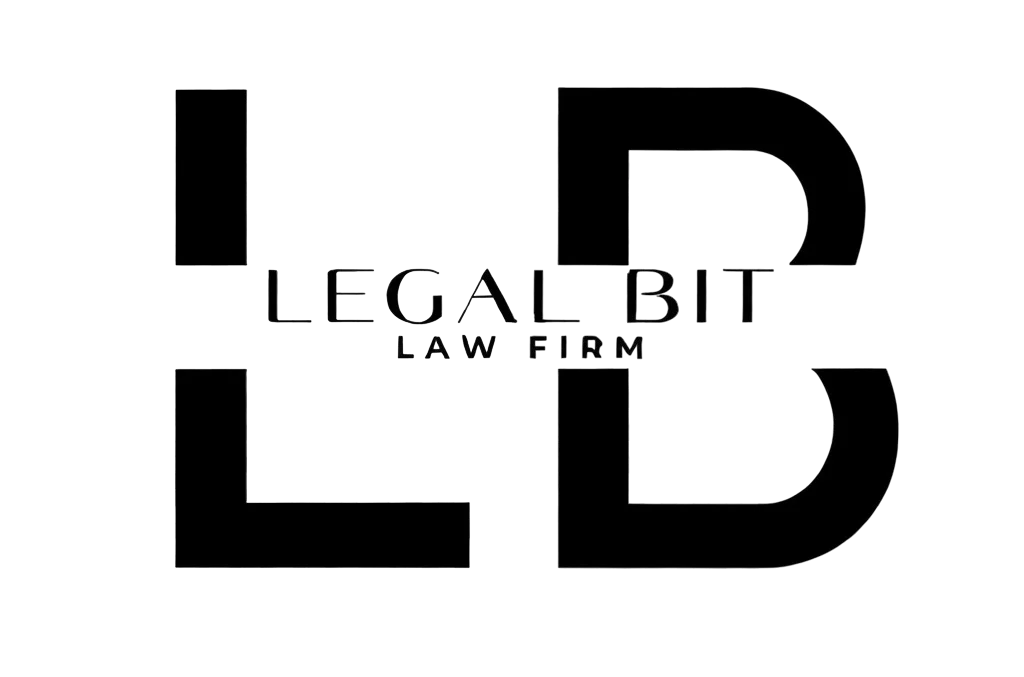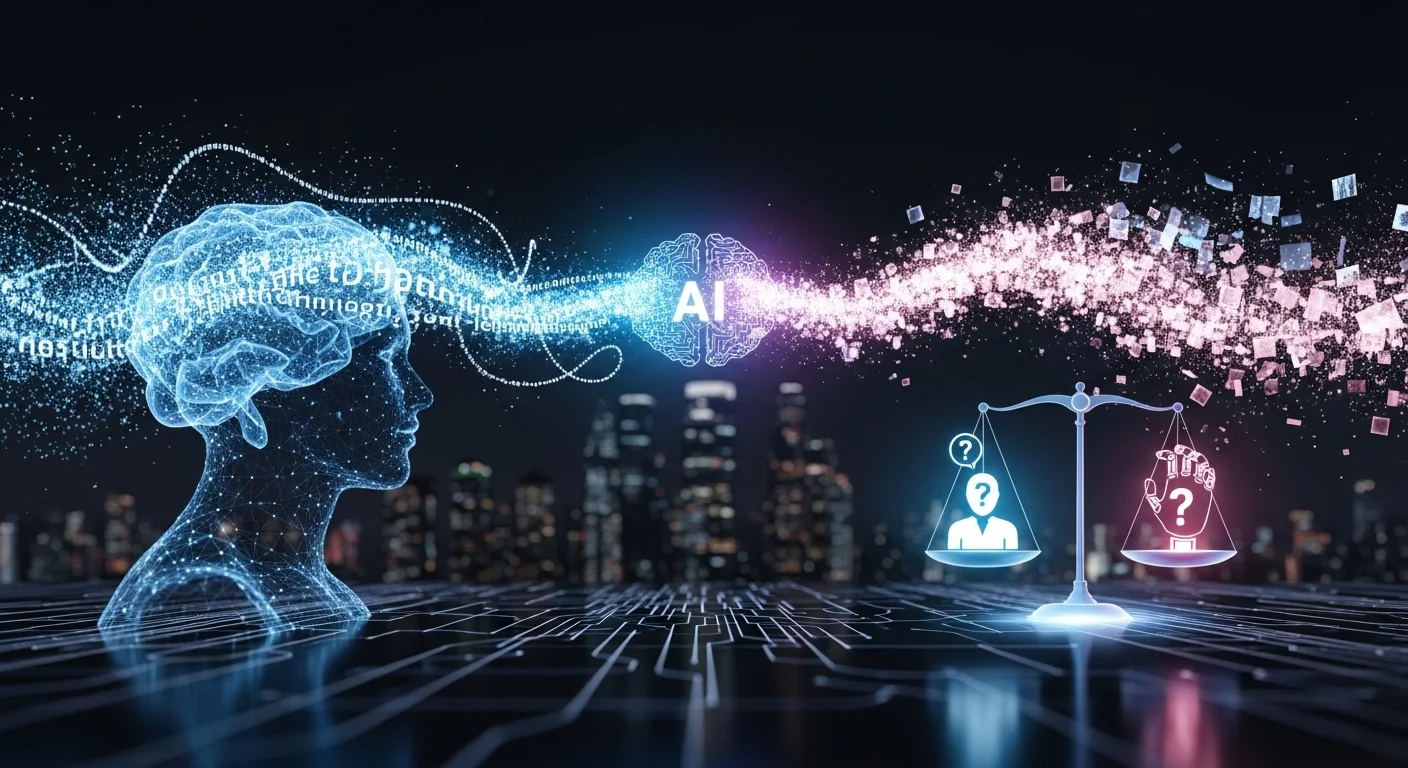Generative artificial intelligence is rewriting the rules of content creation. But while marketers and designers celebrate a new era of efficiency, lawyers around the world are asking one crucial question: who actually owns the output?
Imagine this: you give Midjourney a text prompt and, a minute later, you have the perfect image for your advertising campaign. Or you ask ChatGPT to write a series of social media posts, and they are ready in seconds. This is no longer science fiction; it is the daily reality for thousands of businesses.
But this new reality opens up a legal “gray area.” Can you register an AI-generated logo as a trademark? Can you sue a competitor for using “your” generated image?
As lawyers at the international firm [Firm Name], we see these questions becoming critically important for businesses. Let’s navigate the current legal landscape.
The Fundamental Challenge: The “Human Authorship” Requirement
At the heart of copyright law in almost every jurisdiction worldwide lies a single, foundational principle: an author must be a human being. The law was created to protect the fruits of human intellect, creativity, and labor.
From a legal standpoint, artificial intelligence is not a person. It lacks consciousness, creative intent, and volition. It is a sophisticated tool that processes vast amounts of data and generates output based on statistical patterns.
This is precisely why legal systems globally are facing a dilemma.
The Global Stance: What Are Regulators Saying?
While there is no single international law governing AI content yet, a global consensus is beginning to form.
- United States: The U.S. Copyright Office (USCO) Position
The U.S. has taken the clearest stance to date. The Copyright Office has repeatedly stated that works created solely by artificial intelligence are not eligible for copyright protection.A famous precedent is the case of Zarya of the Dawn, a graphic novel whose images were created using Midjourney. The USCO ruled that the text and the arrangement of the novel (created by a human) could be copyrighted, but the AI-generated images themselves could not. They were excluded from the registration.The USCO’s conclusion: A work created with the assistance of AI can only be protected by copyright if it contains a sufficient level of human creative input (selection, arrangement, modification). The raw output of an AI, by itself, does not qualify. - The European Union:
The EU is approaching the issue comprehensively. The forthcoming AI Act is more focused on regulating risks and ensuring transparency than on copyright. However, the Directive on Copyright in the Digital Single Market already touches on related issues, such as text and data mining, which are used to train AI models. In general, the EU’s position also leans toward the principle of human authorship. - The United Kingdom and Other Countries:
Many countries are following the U.S. lead. Although the UK has historically had provisions for protecting computer-generated works, the current trend is to deny copyright protection to content that lacks a human author.
The Global Takeaway: At present, you cannot claim exclusive copyright over a text or image that was fully generated by an AI from your simple prompt.
So, Who Is the Owner? The Role of Terms of Service
If the law doesn’t grant you copyright, where do your rights come from? The answer lies in the contract you enter into with the AI platform when you accept its Terms of Service (ToS).
This is a matter of contract law, not copyright law.
- OpenAI (ChatGPT, DALL-E): Their ToS state that OpenAI assigns to you all its right, title, and interest in the output you generate. You can use it for any purpose, including commercial use. But there are key caveats:
- You are responsible for ensuring your input does not violate any laws or third-party rights.
- Due to the nature of AI, the output generated for you may be identical or very similar to content generated for another user. OpenAI does not guarantee its uniqueness.
- Midjourney: Their policy is more complex and depends on your subscription plan. Typically, paid subscribers receive broad rights to use the images, but Midjourney retains a non-exclusive license to use them as well.
The Key Insight: The ToS give you the right to use the content, but they cannot grant you a copyright that the law itself does not recognize. You get “ownership” by contract, but not legal protection against third-party infringement under copyright law.
Hidden Risks Every Business Must Consider
- The Risk of Unintentional Infringement. AI models are trained on massive datasets from the internet, including copyrighted images and texts. There is a risk that the generated output could be “substantially similar” to a pre-existing work. Liability for such an infringement would likely fall on you, the user.
- Lack of Exclusivity and Protection. Your brilliant, AI-generated logo cannot be protected by copyright. This means your competitor could generate a nearly identical logo (or simply copy yours) and use it, and you would have no legal grounds under copyright law to stop them.
- Data Privacy and Confidentiality. Anything you enter into a public AI model as a prompt can be used for further training. Never input trade secrets, client personal data, or other confidential information into ChatGPT or similar tools.
Practical Recommendations for Using AI Safely
- Use AI as a Tool, Not an Author. Generate ideas, drafts, and references. But the final product should be the result of significant human refinement, editing, and creative input.
- Document Your Creative Process. Save your drafts, edit histories, and source materials. This can help prove your creative contribution if a dispute arises.
- Always Read the Terms of Service (ToS). You must clearly understand what rights are being assigned to you and what risks you are assuming.
- Avoid Using AI for Core, Unique Assets. For your logo, brand identity, or key brand visuals, it is far safer to hire a human designer. This ensures you receive a full assignment of exclusive rights.
- Develop an Internal AI Policy. Create clear rules within your company about how and for what tasks AI can be used, and what is strictly forbidden to input as a prompt.
Conclusion: Navigating a New World
Generative AI is a powerful accelerator for business, but it does not eliminate the need for legal diligence. The legal framework around artificial intelligence is evolving daily, and what is a “gray area” today could become the subject of strict regulation or high-profile litigation tomorrow.
The laws governing AI are still being written. To ensure your business benefits from these technologies safely—rather than becoming a cautionary tale—a sound legal strategy is essential.


Leave a Reply